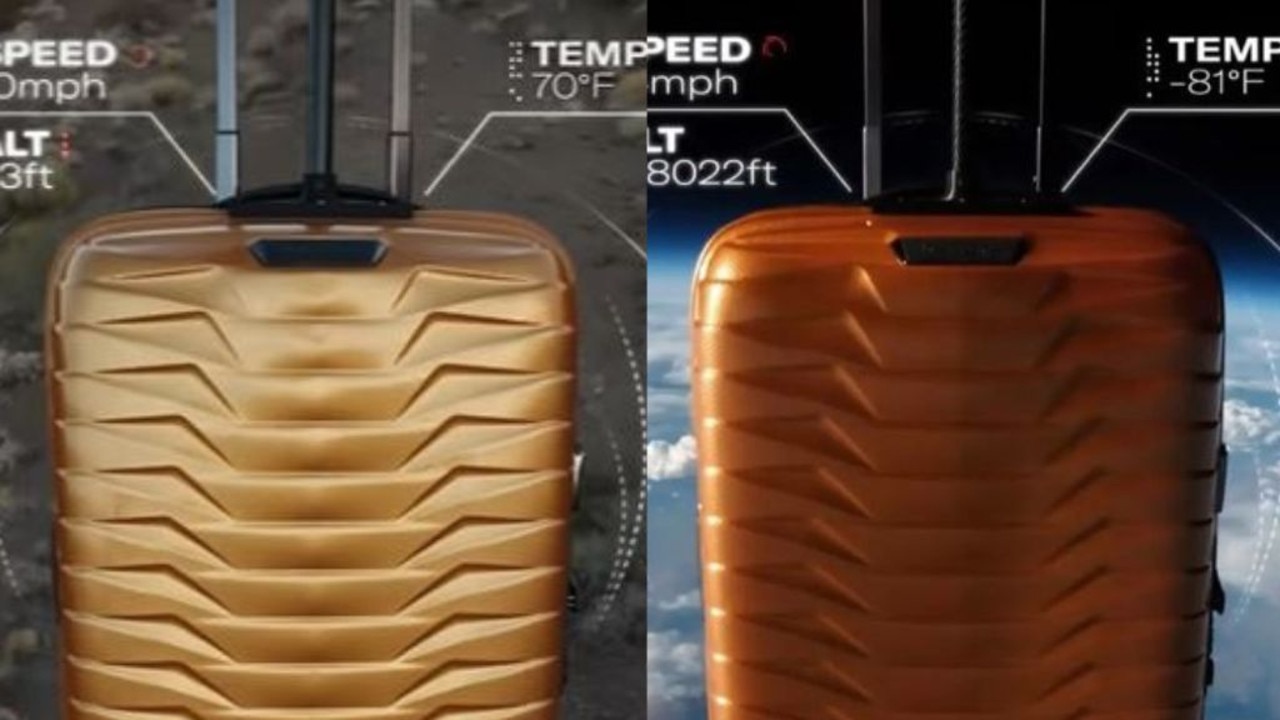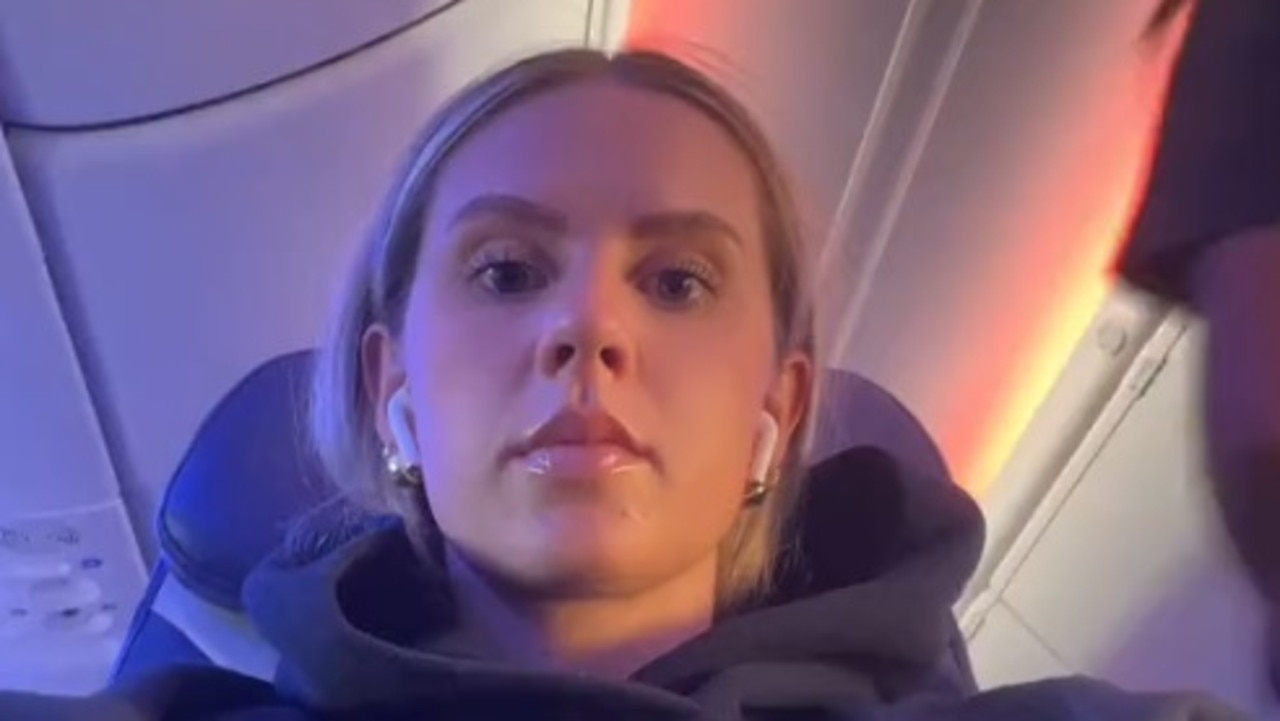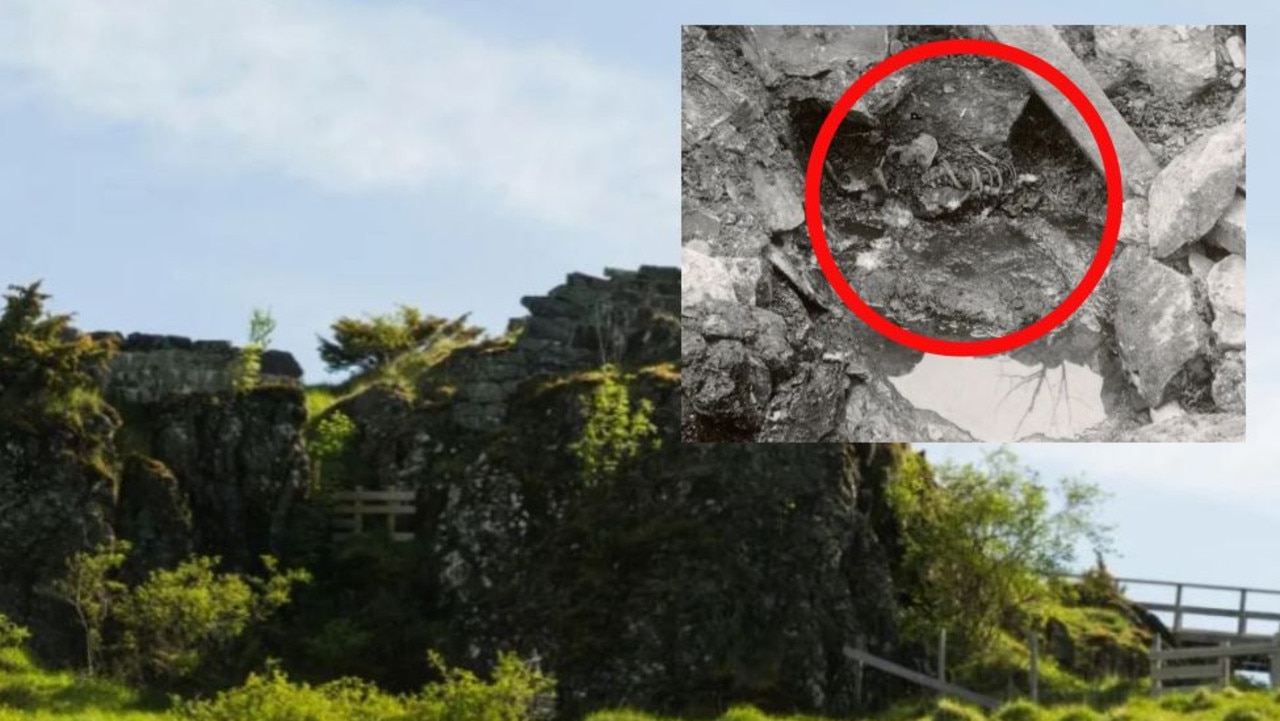Aussies pay up to $8k for 13 hour Qantas flight from Melbourne to Melbourne
Australians are paying up to $8000 to go on a 13-hour day flight just for this incredible view.
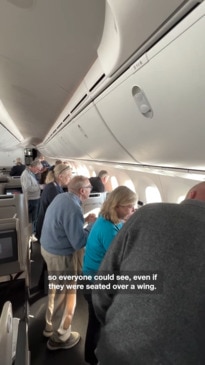
Looking down at my Qantas boarding pass the words “mystery flight” stared back at me.
Flight QF 1330. From Melbourne. To Mystery Flight.
A second boarding pass was stapled behind it. From Mystery Flight. To Melbourne.
It was the first sign this flight was not going to be like any other I had been on.
I was about to spend more than 13 hours in the air, travel to an extraordinary continent that many will never lay eyes on, U-turn back to Melbourne and be home again all in the same day.
I was headed to Antarctica.
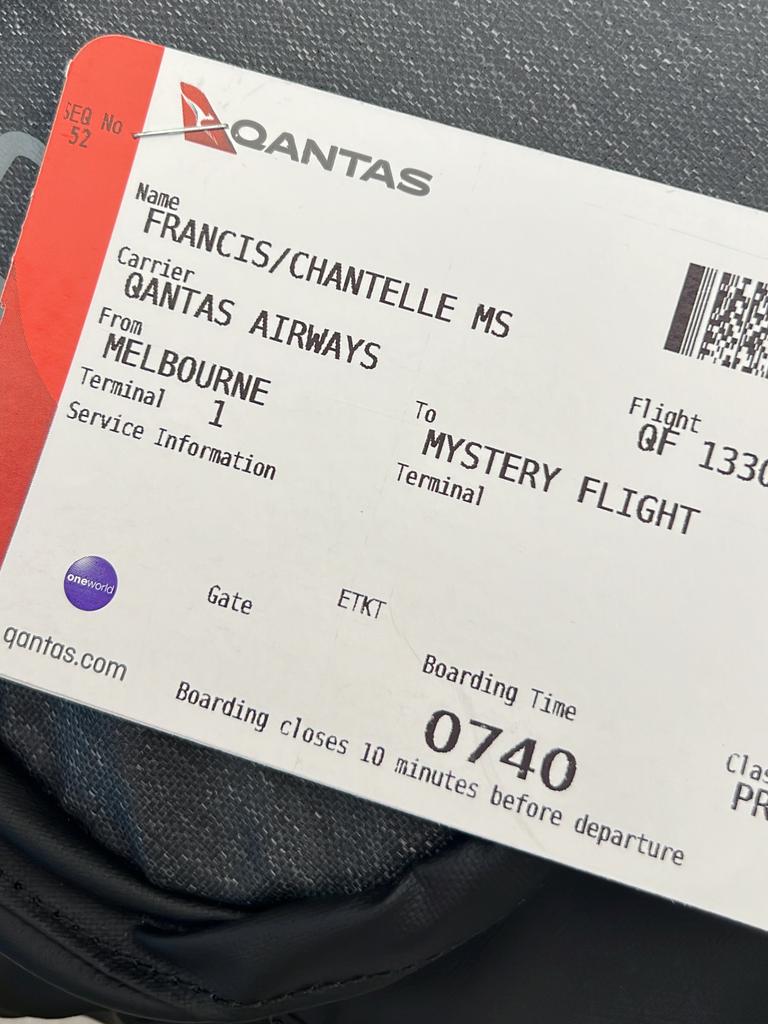
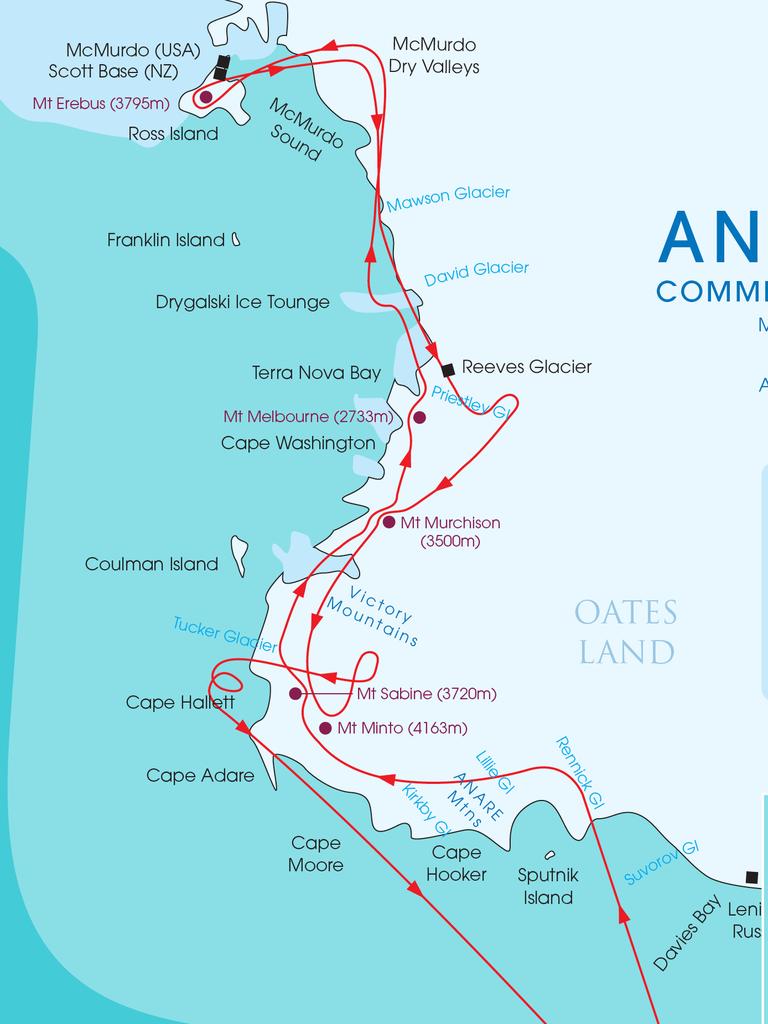
This summer Antarctica Flights will run seven sightseeing flights on a Qantas Boeing 787 Dreamliner from Melbourne, Sydney, Brisbane and Perth.
There are 19 different flight paths that can be chosen depending on the weather.
Flight manager Margie Colbeck was beaming as she brought around a map to show passengers where we would be heading.
“We’ve actually got the number one flight path, so this should be spectacular viewing, which is incredible for the beginning of the season,” she said.
“You won’t see the sea ice for the rest of the season that you’re going to see today,” she added.
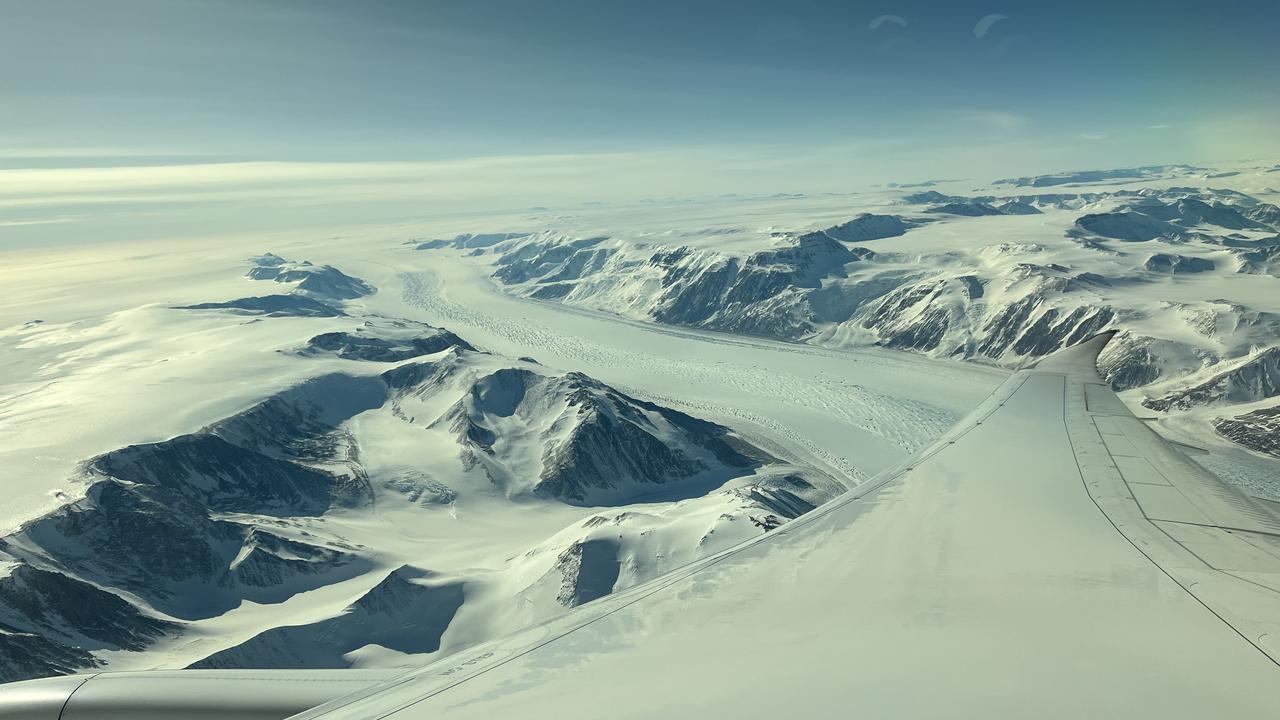
There were about four hours before ice came in to view.
I had packed a book, downloaded new music and there were plenty of movies ready to play on the entertainment system in front of me, but like a kid unable to sleep before Christmas it was hard to concentrate on anything other than the fact we were flying to the middle of nowhere.
The passenger next to me was also a solo traveller. He said the trip had been 15 years in the making, and finally after Covid it had fallen into place.
For most on-board, the flight had been on their bucket list for a long time.
The oldest passenger was 92 years old. His scientist son had worked in Antarctica.
The youngest passenger was just seven years old. She was the granddaughter of Dr Ian Allison, an expert who was narrating the flight.
Dr Allison is an internationally recognised Australian glaciologist and climate scientist, who has participated in or led 25 research expeditions to the Antarctic.
He was joined by former Antarctic expedition leader Rachael Robertson.
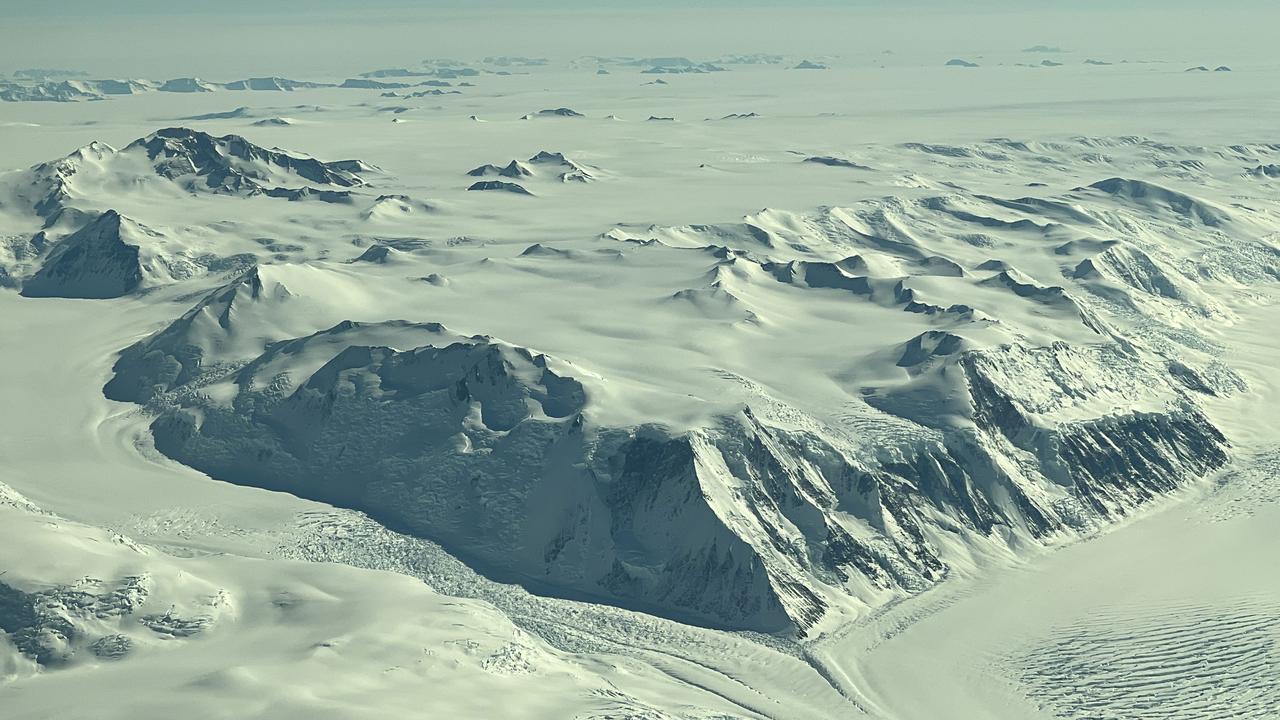
I was glad to have read the “what to bring” section of the flight documents as I immediately reached for sunglasses. It was bright.
For the next five hours, usual flight etiquette went out the window.
Passengers were up and about looking through each other’s windows, taking turns at a good vantage point at the galley, swapping from one side of the plane to the other and moving between cabins.
The plane was full of excitement. Many of the crew had also never done the flight before.
The aircraft would bank to each side constantly to give all passengers a good view, even those seated over a wing. It was the first time I had ever felt slightly motion sick on a long-haul flight.
We could actually see the steam coming off Mount Erebus, the highest active volcano in Antarctica.
The sights beneath us looked like they belonged to another planet.
It was hard to accept this remarkable, relatively untouched place was on Earth, let alone a four-hour flight from Melbourne.
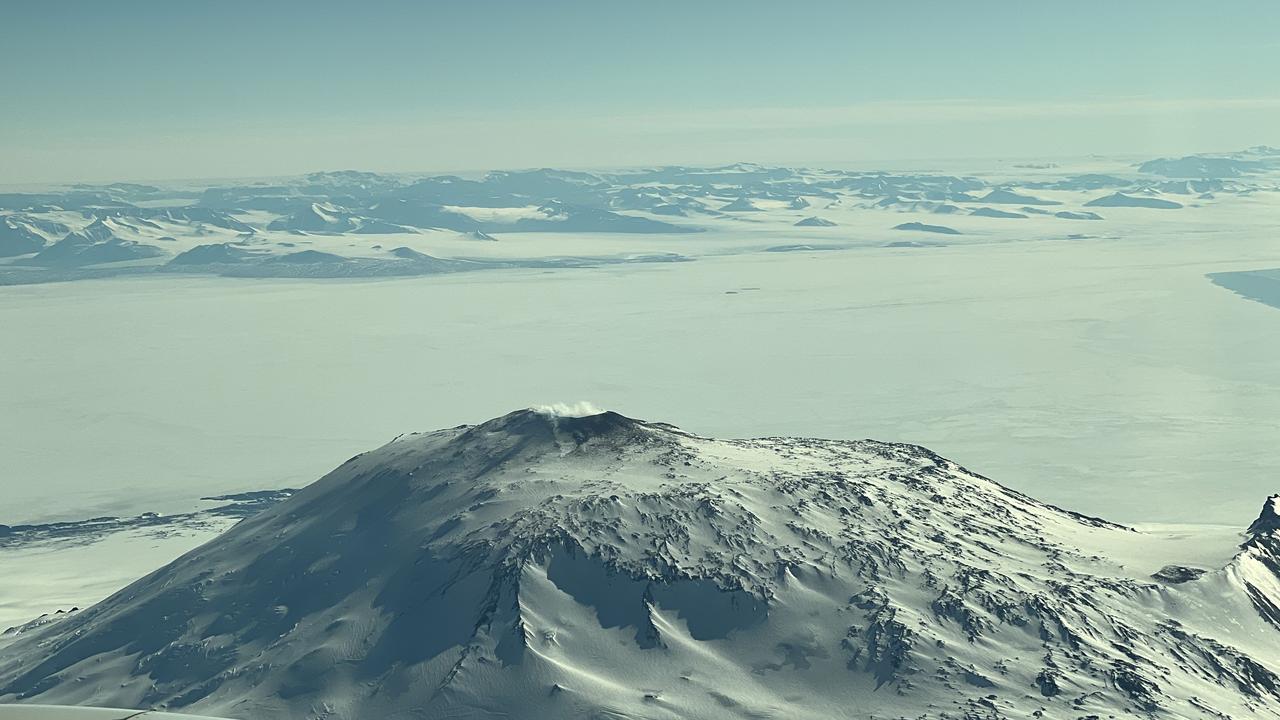
Dr Allison said he been doing these flights for almost three decades.
“I always still enjoy seeing what I see, I see something different every time, but I also enjoy the reaction of people on the flight,” he told me from his seat on the way home.
“The fact that other people can get enthused about Antarctica as a continent. It matters to our Earth.”
Dr Allison first visited Antarctica by sea in 1968 and since then has spent a total of about five years on the ground and three at sea.
His longest trip was 15 months.
“I’ve changed what I’ve thought about Antarctica over a long time,” he explained.
“I first went down there because of adventure when I was 23. People thought what I was doing was just that, an adventure, but as I’ve grown into doing the science it’s becoming increasingly important in preserving what we have in the world and it’s linked with the climate system.”
He added: “Our Earth is not constant, everything is changing. We’re making it change more quickly now than it would naturally, but it has always changed and it always will change.”
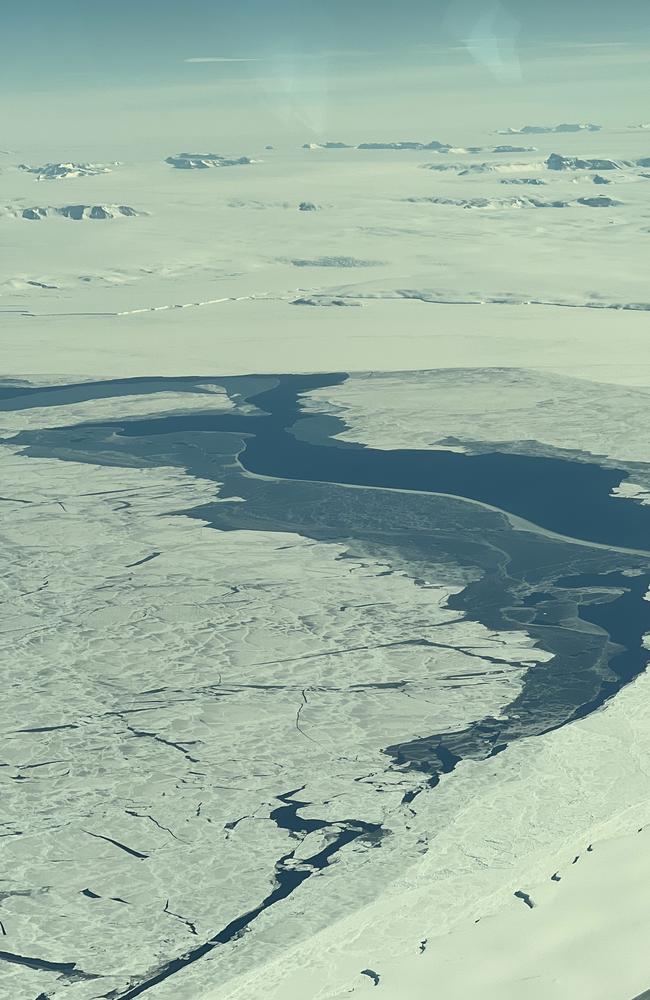
He said people may be surprised to know Antarctica is so much more than a “large slab of ice that just sits there and doesn’t do anything”.
Visually, that became clear to me during the flight.
Every time I settled back into my seat during the four hours over the continent thinking I’d seen it all, there was another sight that had me moving closer to the window and whipping out my phone to snap a picture.
Dr Allison said we all needed to know a little bit more about where we live and the part Antarctica played in the global ecosystem.
“It’s a majestic content. If people can see it, not everyone can afford to do it I know that, but if people can and they see what’s down there and really start to appreciate the place and it’s role in the Earth,” he said.
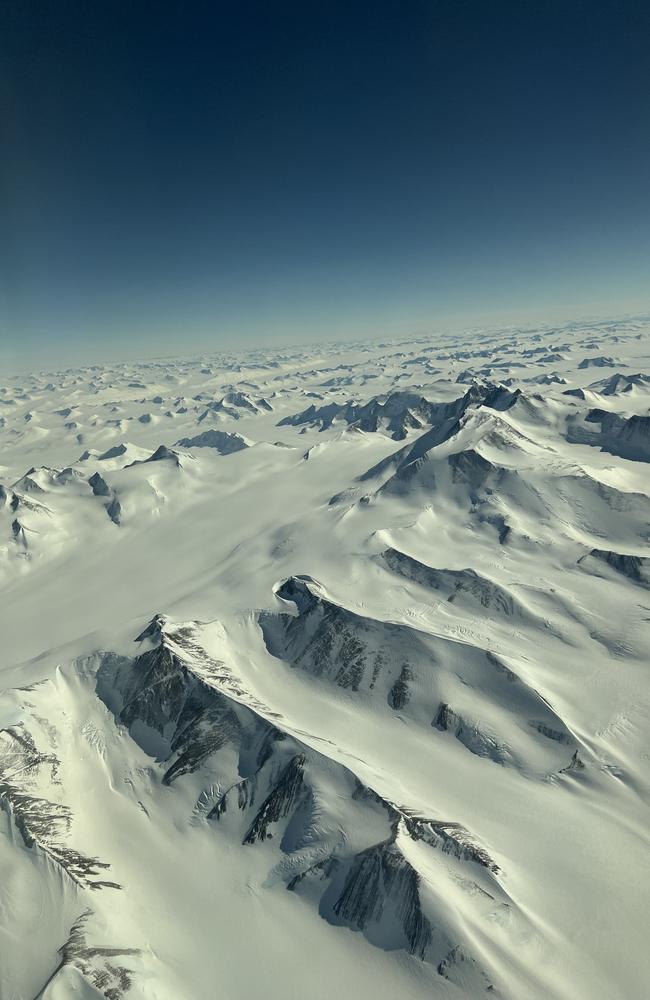
James Boland, the pilot in command on my flight, remembers being “gobsmacked” the first time he flew over Antarctica.
The Qantas pilots have to do special training to be able to do the Antarctica flight because it is more challenging than their regular long-haul flights.
The aircraft flies closer to the ground than normal and as Antarctica is one of the highest continents on the planet, there are a lot of high mountains to navigate.
“And we’re a long way from anywhere we can land if something goes wrong,” Captain Boland said, stepping out of the flight deck to speak to me.
“The airports on the Antarctic continent we can’t use. We can’t land at McMurdo [Station] or we can’t land at Wilkins [Runway] so if we need to go somewhere, we need to fly a long way back to New Zealand or Australia.”
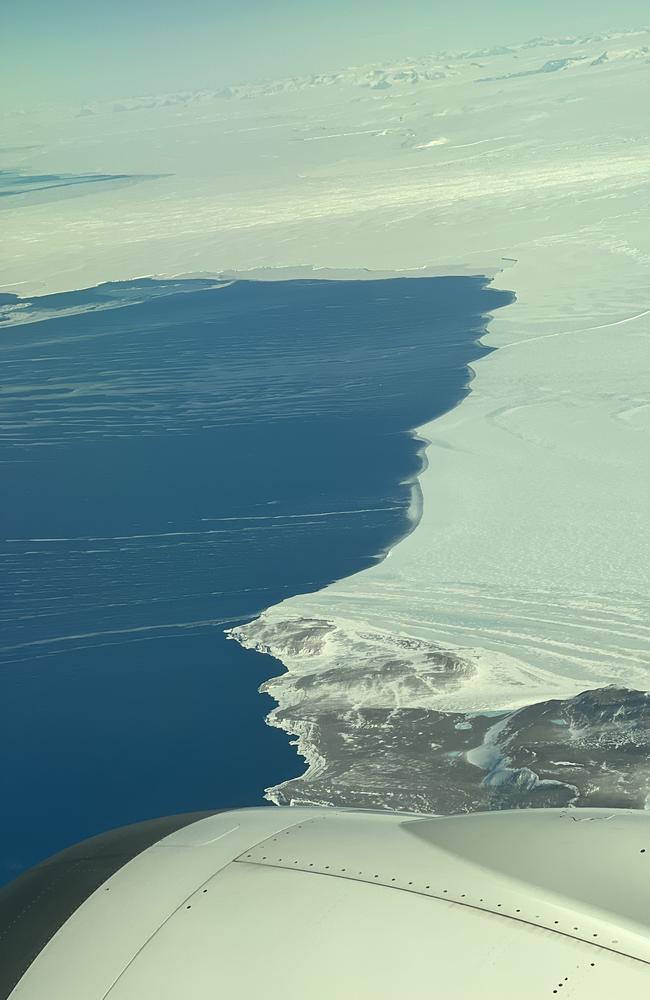
It is also a different class of airspace.
“We’re not so much mixing with civilian aeroplanes,” he said.
“Right now there’s a couple of US Air Force C-130 Hercules aeroplanes on skis and we’re separated from them vertically so we’re talking to them on the radio to figure out who they are and where they’re going and who we are where we’re going.”
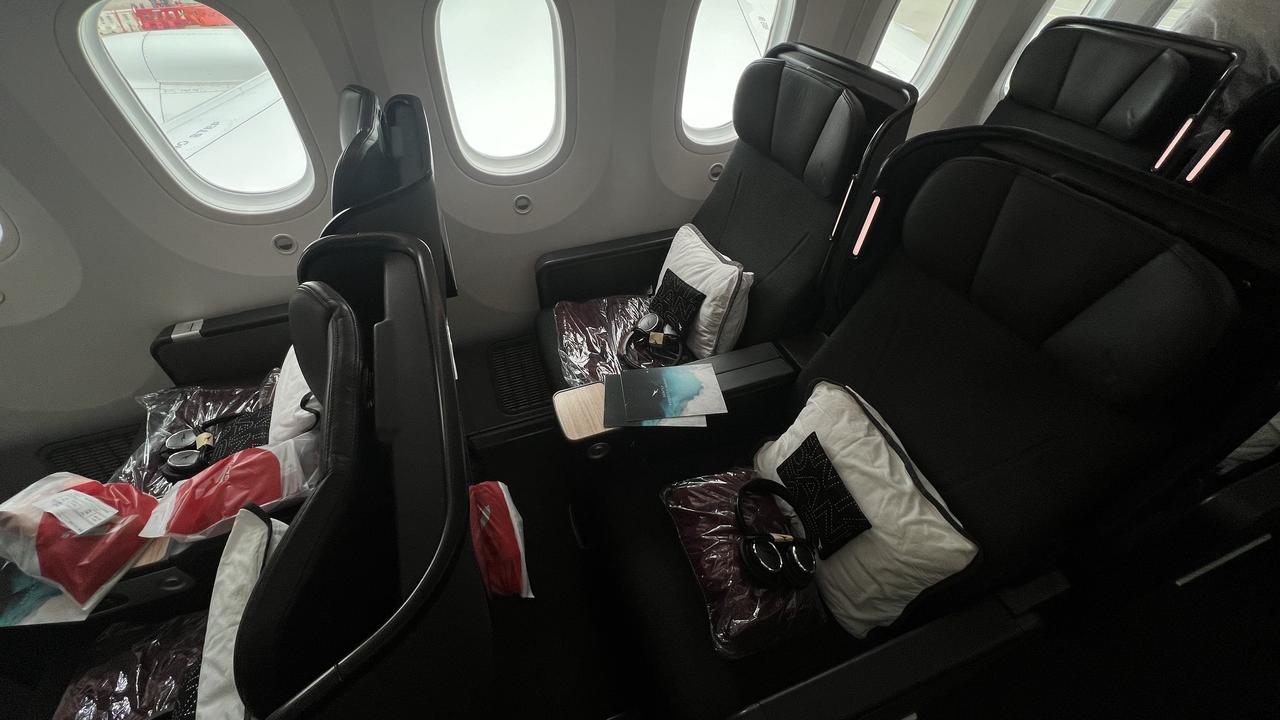
There are six different pricing options on Antarctica Flights ranging from $1199 to $7999.
Everyone swaps seats halfway so they have a window seat or next to a window seat at least once, except the cheapest economy ticket.
No passport is required and you leave from the domestic terminal.
Antarctica Flights has committed to every flight being carbon neutral by working with Australian organisation Carbon Neutral to offset the carbon emissions from each flight.
People from the Antarctic Science Foundation, an international charity, are also on board the flight to provide education and collect donations.
This writer was a guest of Antarctica Flights




